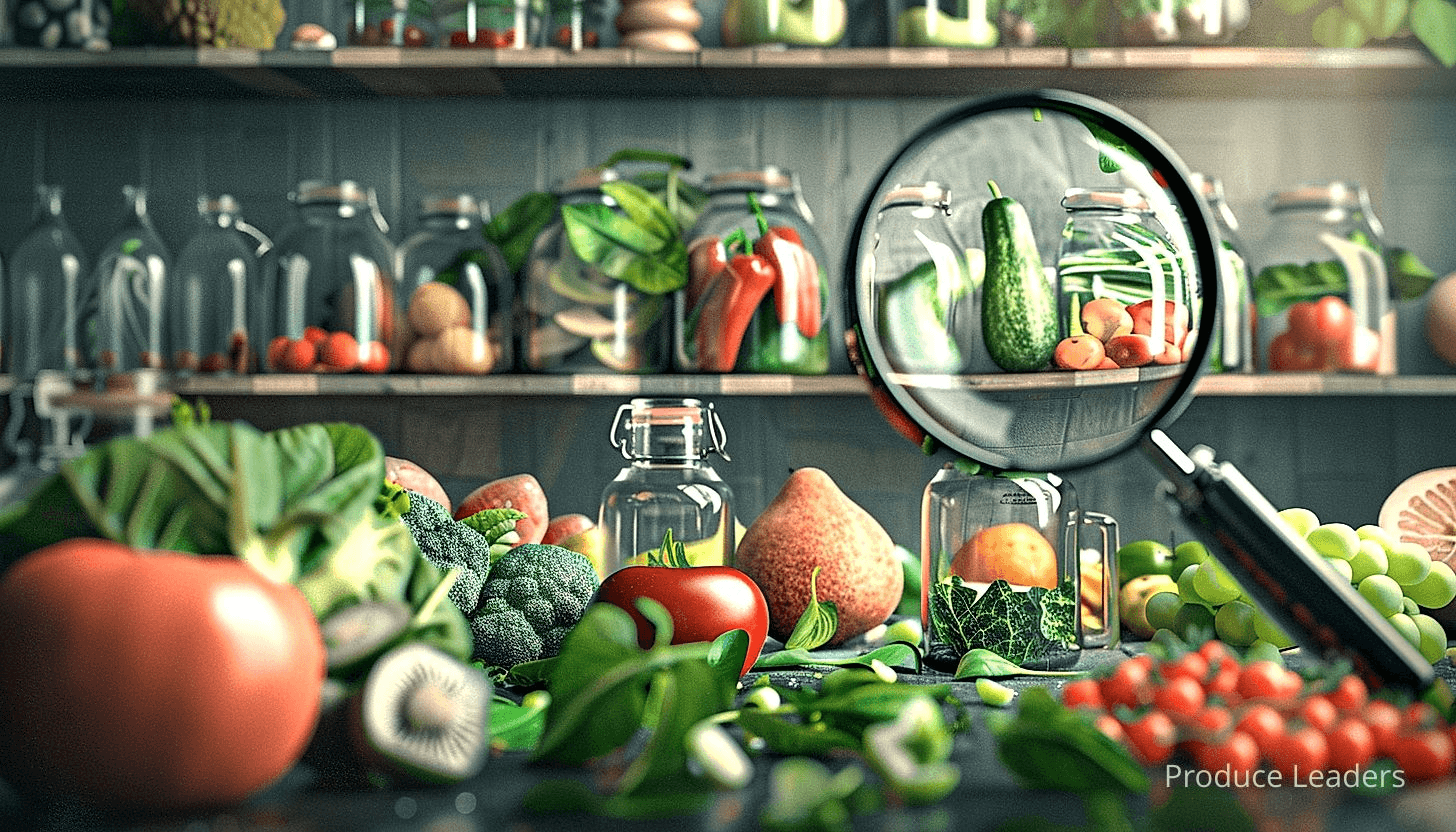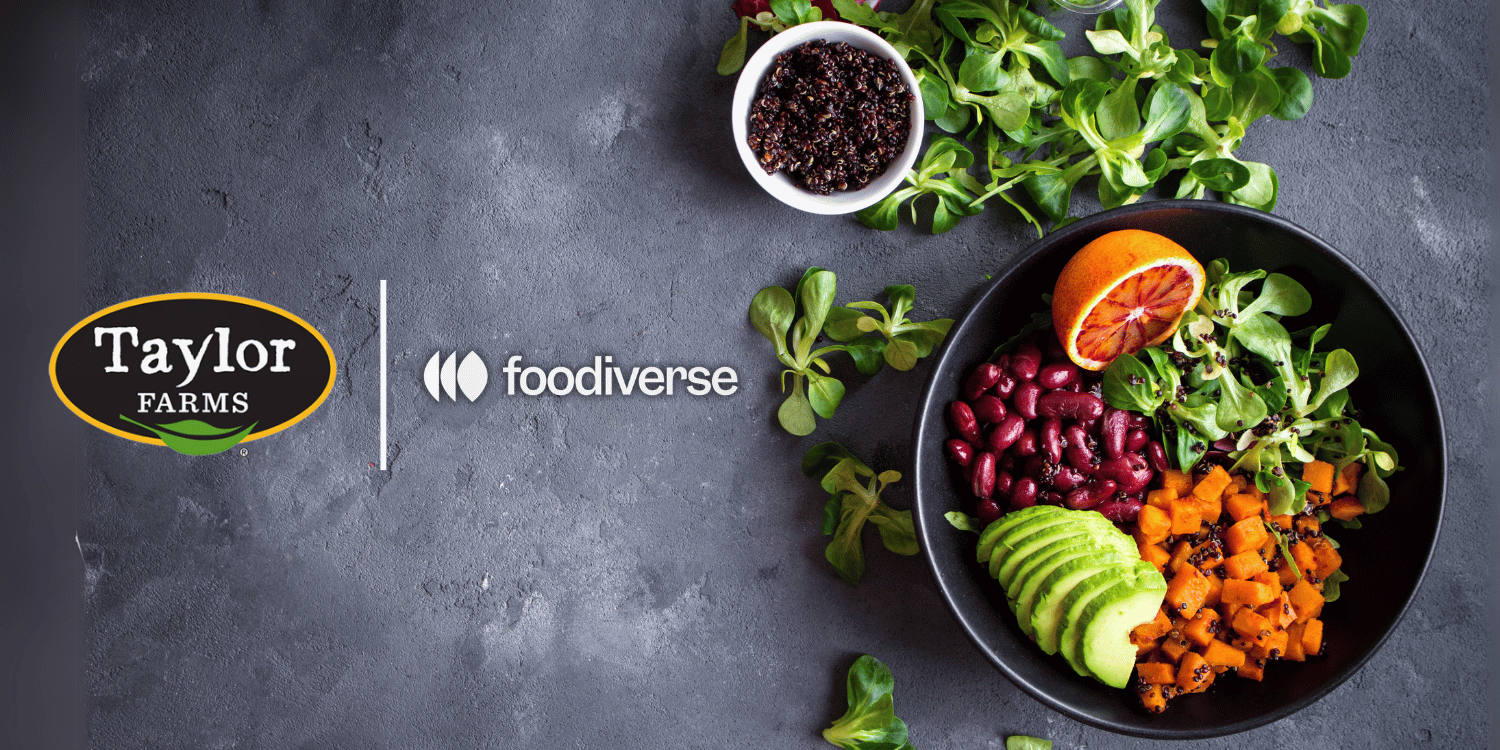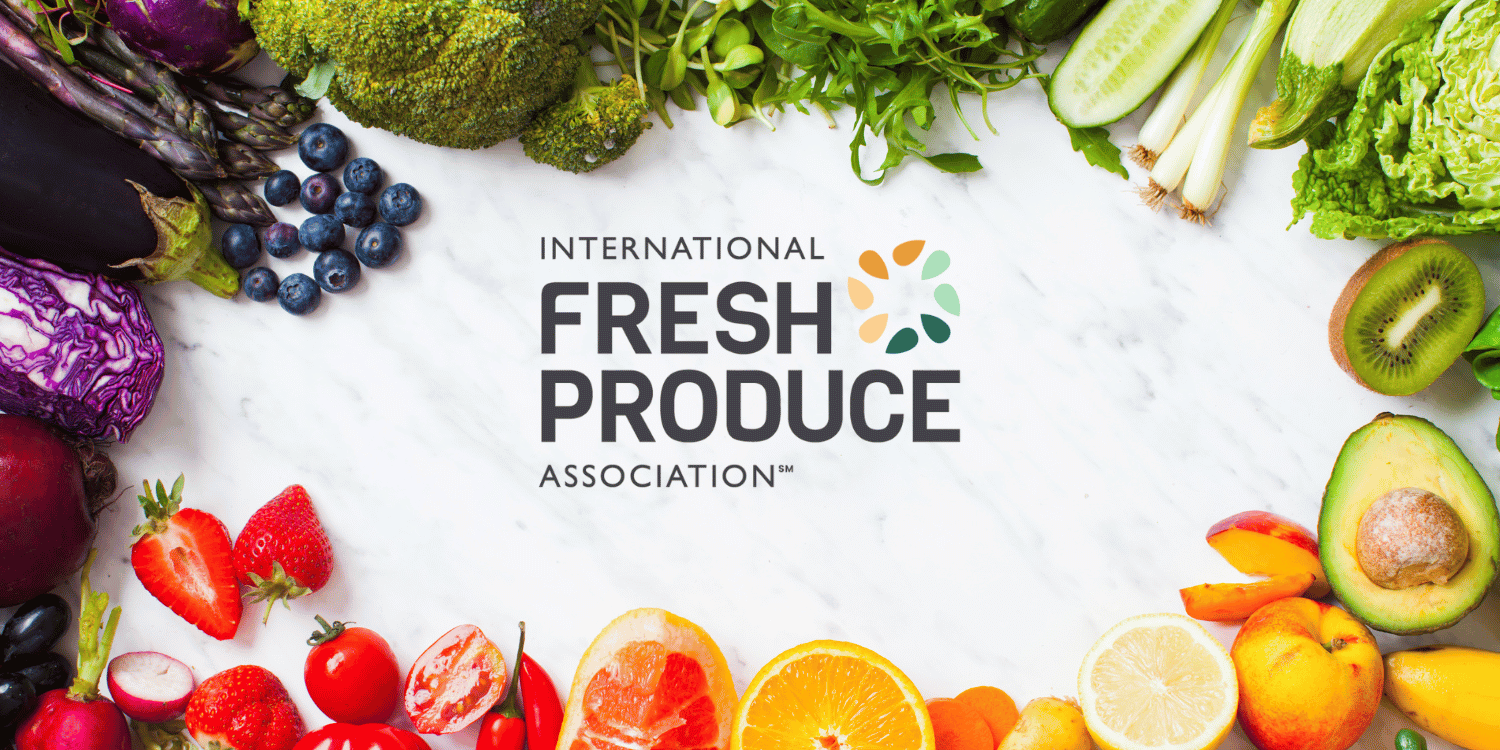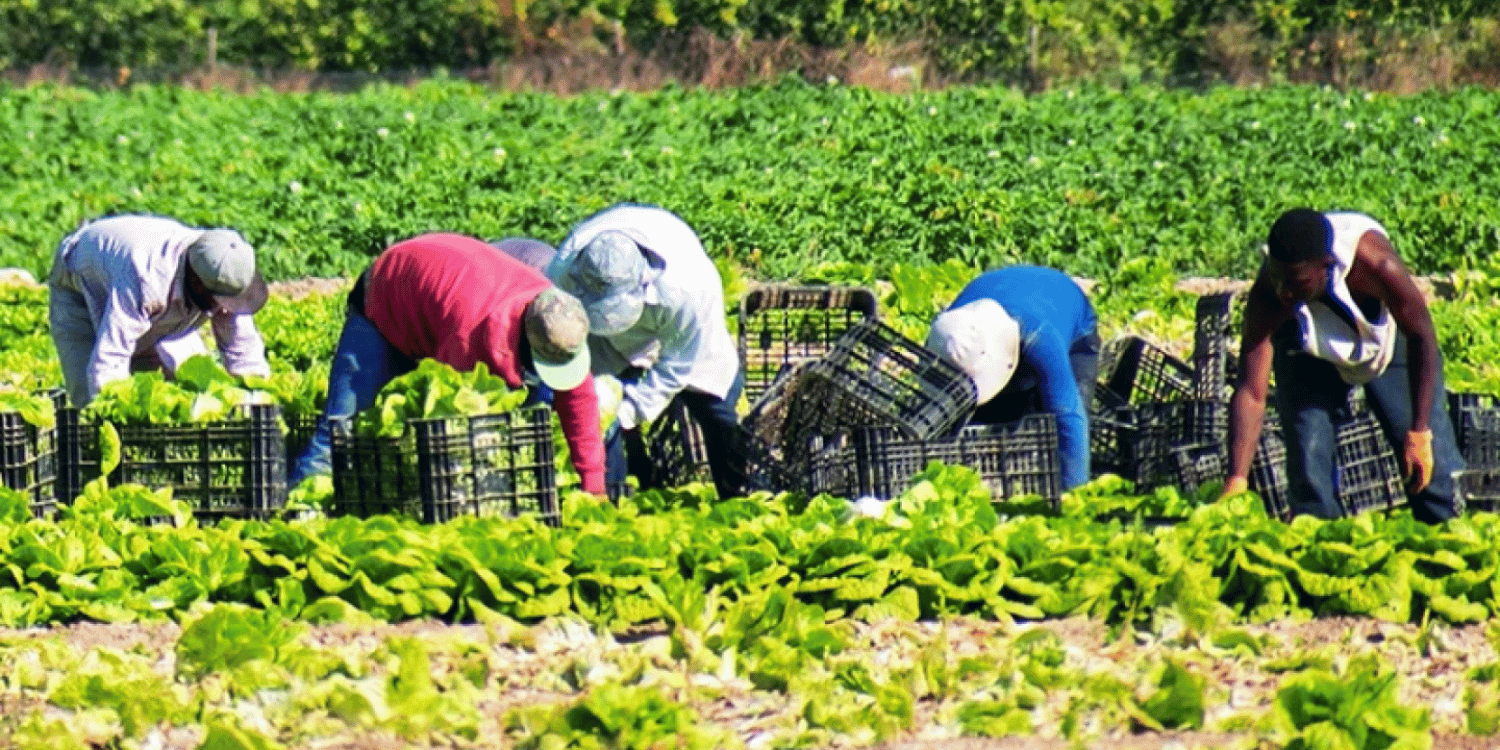To optimize your produce packaging for retail success, begin by ensuring that your packaging design is clear, concise, and visually appealing to attract consumer attention.
Invest in high-quality, sturdy packaging materials that will effectively protect your products during transportation and shelving.
Incorporate sustainability in your packaging design as more consumers prefer brands that are environmentally-conscious.
Design your packaging in a way that it provides maximum visibility to the actual product, as customers appreciate the ability to see what they are purchasing.
Ensure that your packaging complies with all federal and state regulations for transparency, health warnings, and other labeling guidelines.
Finally, remember to include clear, easy-to-read product information including its nutritional value, source, and any special benefits to boost consumer trust and appeal to the health-conscious market.
- Understand customer preferences to create appealing packaging.
- Focus on packaging material quality for product security.
- Sustainable packaging is important to environmentally-conscious buyers.
- Product visibility and transparent packaging pique customer interest.
- Ensure packaging complies with regulations and includes necessary label details.
Yet, the information covered expands beyond just packaging optimization. In the upcoming sections, we’ll be exploring topics that directly influence and are attached to packaging – including but not limited to branding, marketing techniques, and cost efficiencies.
The information provided promises to be insightful whether you are a seasoned professional or just starting in the retail sector.
So whether you’re investigating how to improve your current packaging system or you’re attempting to establish a new one, the following sections are integral to your success.
Stay tuned as we navigate through these essential topics.
Contents
- What Attracts Customers to Packaging?
- How to Design Appealing Packaging?
- Ensuring Quality of Packaging Material
- Importance of Sustainable Packaging
- Visibility of Product in Packaging
- Complying with Packaging Regulations
- Importance of Transparent Packaging
- Details to Include on Labels
- Package Design for Health-Conscious Market
- The Bottom Line
What Attracts Customers to Packaging?
In Short: The attractiveness of packaging to customers is influenced by several factors including visual appeal (colour composition, typography, and graphics), clarity of information, tactile feelings, first impressions, and utilization of features like vibrant colors, imagery, texture, brand name, and product name. Other significant aspects include easy handling, functional design, and an emphasis on sustainable, eco-friendly packaging designs to attract environmentally conscious consumers.
Understanding what attracts customers to packaging can be quite a complex adventure. There are, in essence, several elements that play important roles in the attraction process.
Firstly, let’s consider visual appeal. Do you ever find yourself drawn to products with aesthetically pleasing packaging?
The mere sight of a beautifully designed package can stimulate customer’s purchasing desire. Colour composition, typography and graphics are critical aspects in the visual attractiveness of any package.
People appreciate the effort that goes into creating unique and elegant product wrappers. And when a product can standout in a crowded market shelf, isn’t that worth investing the effort?
Another crucial factor is clarity of information. Ever picked up a product, looked at its packaging, but had no idea what the product actually is?
This unclear information can be a huge turn-off for prospective buyers. A well-packed product must clearly state the essence of the contents it houses.
Beside, a particular packaging should also indicate information about the manufacturer, ingredients, usage instructions, and safety measures.
A simpler, yet often overlooked, attraction is the tactile aspect. How does the packaging feel to the fingers?
Packaging materials vary, right? And their feel can significantly influence a buyer’s perspective about the product.
Packaging also allows for the production of first impressions. A lot can be assumed about product quality based on its wrapping. Can you deny that?
Indeed, it’s not uncommon for buyers to perceive a product as low quality if its packaging seems cheap or poorly done.
Let’s take time to enumerate some specific elements that can entice customers to a certain packaging-design. Please, consider this list a quick guide, rather than an exhaustive directory.
- Color: Vibrant use of color can immediately catch attention.
- Imagery: Well-thought images could elicit emotions.
- Texture: Unique tactile experience can be attractive.
- Brand name: Emphasizing the brand aids recognition.
- Product name: Clear, concise titles improve understanding.
The aspect of easy handling, or functional design, also marks a huge influence. Products that are easy to carry or open tend to win customers’ fondness, don’t you agree?
Additionally, a focus on sustainable and embracing eco-friendly packaging design has become paramount in recent years.
Consumers are becoming more and more environmentally conscious, demanding less waste and more recyclables. Companies embracing sustainability in their packaging designs can, therefore, attract these eco-aware customers.
To wrap up, several factors attract potential customers to particular packaging, ranging from visual appeal, clarity of information, tactile aspect, easy handling, to eco-consciousness considerations. Think about how you can optimize your packaging to satisfy these factors. Well, that’s food for thought, isn’t it?
How to Design Appealing Packaging?
In Short: Understanding your target audience and prioritizing functionality are key to designing appealing packaging that balances appearance and practicality. Considering factors such as clear labeling, branding, sustainability, retail environment, shelf space, and effective calls to action can enhance customer engagement and set your product apart.
First and foremost, understanding your target audience is crucial. Your product packaging should appeal to the specific consumer group you aim to attract.
Who is buying your produce? What aesthetics do they appreciate? Once you ascertain this information, honing in on your design becomes substantially easier.
Prioritizing functionality is also paramount. Can consumers easily handle, open, and store your product? Are the materials durable enough to protect the produce inside?

You can follow fashionable trends in packaging, but remember to ensure the practical aspects are addressed first and foremost. Doesn’t it make sense to balance both aspects?
I will share a few features that successful retail packaging often includes:
- Clear labeling: A consumer should immediately understand what your product is.
- Branding: Ensure the design embodies your company’s brand identity.
- Distinguishable: A unique and captivating design can set your product apart from competitors.
- Triggers emotions: Use colors, imagery and fonts that evoke emotions aligned with your branding.
Please don’t forget the importance of sustainability. Nowadays, consumers are becoming increasingly conscious about the environmental impact of their purchases. Can you imagine appealing to this growing group of consumers by implementing more eco-friendly materials?
The retail environment where your product will be sold is a factor as well. How will your product look in the store, https://assistant.googleapis.com/v1/files/1zWMQyXSGjowkqRW6VAW4UC9EyZ2/children/1u-yQB9JHLbXEePWRtEL-G9BlheXOdPnB?alt=media&key=AIzaSyCx-Phvi9VlO7p6grEGv69RclTczZ1v1pg”>next to competitors? Stand out!
Size matters too, so consider how much shelf space your product will take up at retail locations. Will it be too bulky or not impactful enough?
Pro Tip: Understanding your target audience and prioritizing the functionality of your product packaging is crucial, ensuring it appeals to the desired consumer group and is easy to handle, open, and store.
Finally, don’t underestimate the power of a well-placed call to action. A compelling message beside a link to your website, or an invitation to follow your social media pages could improve your customer engagement.
Don’t forget to regularly evaluate and revamp your packaging design. Will you remain static or consistently innovate to keep your product fresh and appealing?
Ensuring Quality of Packaging Material
In Short: The quality of product packaging is pivotal in attracting consumers, with aesthetics and durability often implying superior product quality. Balancing attractive, resilient packaging materials that are also cost-effective is key to successful retail operations and consumer perception.
In the world of retail, the quality of your produce packaging plays a pivotal role in attracting consumers. Have you ever wondered why you’re subconsciously drawn to products with certain packaging?
The answer lies in the quality of the packaging material. Aesthetically-pleasing and sturdy packaging commands attention and instills trust, it also implies that the product within is of equally superior quality.
To ensure the quality of your produce packaging, several factors should be closely considered. Let us look more deeply into these considerations through a helpful list.
- Material Durability: The packaging material should be durable enough to withstand transportation and handling, thereby avoiding damages to the produce.
- Attractiveness: In order to catch the consumer’s eye, the packaging should be visually appealing with bright colours, innovative designs and clearly legible information.
- Cost-Effective: While quality is key, the packaging material mustn’t be excessively expensive. It should be affordable without compromising its primary function.
What would happen should the packaging fail to protect the produce during the transportation process? The answer is not a pleasant one.
The fall-out from such a mistake can be serious, leading to losses in sales, not to mention the potential damage to your brand’s reputation. Therefore, material durability is not a feature to be overlooked in your produce packaging.
Attractiveness of packaging is another important aspect, as it’s this outer layer that the consumer first comes into contact with. It’s the first impression of your product, and as they say, first impressions last.
Should your packaging fail to entice the consumer, they are likely to move on to the competitor’s better-presented product. In this way, your packaging can unassumingly serve as advertising, promoting your product as it sits on the shelves.
However, while focusing on these quality factors, it’s important to keep in mind the overall cost. Producing cost-effective packaging that doesn’t compromise durability or attractiveness can be a challenge, but it’s one that you need to rise to.
Pro Tip: The quality of your produce packaging can influence both consumer perception and your ultimate retail success, making it essential to strike a balance between a durable, attractive and cost-effective packaging material.
After all, if your packaging costs outweigh your profits, this can lead to untenability in business. Thus, striking a balance between quality and cost is a must.
Consequently, the quality of your produce packaging can influence both consumer perception and your ultimate retail success. Sure, it involves careful and concerted efforts, but isn’t it worth the potential benefits?
Importance of Sustainable Packaging
In Short: Sustainable packaging has grown in significance due to consumer attitudes towards environmental responsibility, economic advantages, and regulatory compliance requirements. Adopting sustainable practices is a strategic investment for businesses which, despite initial costs, can provide substantial returns, enhance brand reputation, and align with current market trends.
As we dig in into the realm of retail, we find growing evidence of an undeniable truth. The relevancy and appeal of a product’s packaging is no longer exclusively about aesthetic allure or physical protection.
Today, it’s also about sustainability. In a world that’s increasingly environmentally conscious, sustainable packaging has grown in stature for retailers and consumers alike. But why exactly does it hold such clout?
Let’s consider a few significant reasons.

- Consumer Attitudes: Modern consumers aren’t just purchasing a product, they’re buying into its ethos too. The product’s packaging, as a tangible extension of its brand, plays a key role in this.
- Economic Advantages: Embracing eco-friendliness can result in financial gains like lower transportation costs and improved supplier relationships.
- Regulation Compliance: Many countries now enforce laws towards reducing packaging waste – another motivation for adopting sustainable practices.
Each of these factors highlights the importance of sustainable packaging for successful retail practices. But it doesn’t end there.
Environmental responsibility is becoming a necessity, rather than a choice. Retail giants are leading the charge in implementing sustainable packaging, setting consumer expectations for all businesses. Smaller retailers are also feeling the pressure to make the shift, lest they risk being left behind. It’s an adapt or perish situation, isn’t it?
Consider this, investing in sustainable packaging isn’t just a protective measure, it’s also a chance to enhance brand reputation and boost customer loyalty. We’re living in a time where consumers are growing increasingly conscious of their environmental impact, and they’re seeking to make ethical choices with their purchases. Can businesses afford to ignore this trend?
In essence, the importance of sustainable packaging is in its multifaceted advantages. It’s about environmental responsibility, economic benefits, customer expectations, brand image, and regulations all playing out on the vast stage of the retail industry.
All things considered, isn’t sustainable packaging a strategy retail businesses should prioritize?
While there’s definitely a significant initial investment involved in the transition, the long-term rewards can convincingly offset these costs. Adopting sustainable packaging practices is a strategic move that can yield substantial returns and align your business with current and future market trends.
It could very well be the difference between simply surviving in the industry and truly thriving in it. After all, isn’t progressiveness the true essence of retailing?
Visibility of Product in Packaging
In Short: Optimizing produce packaging involves balancing product visibility and protection, which requires strategic planning and customer feedback. Designing with considerations for store lighting, using clear packaging, innovative designs, and ‘windows’ can enhance product visibility, while ensuring the packaging is also functional, sustainable and affordable.
Optimizing produce packaging for retail success involves a careful consideration of product visibility. Product visibility is the ability for the customer to see the product within the packaging.
Why is this important? It allows them to judge the freshness and quality of the produce before purchase.
The challenges that come with optimizing product visibility in packaging are many. One of the major ones is striking a balance between visibility and product protection.
The last thing you want is for your produce to spoil quickly due to overexposure to harmful elements. At the same time, you don’t want to encase your produce in dark, impenetrable packaging that hides the product’s appeal.
So how do you balance these seemingly conflicting goals? It requires a strategic approach.
Here are a few guidelines to ensure visibility when packaging your produce:
- Use clear packaging where possible. This not only allows the customer to see the product but also creates an impression of openness and honesty.
- Employ innovative design techniques. For instance, many companies use die-cutting to create openings in the packaging for viewing the product.
- Add a “window” to your packaging. Windows are clear sections of a package that allow the customer to see the product inside.
Another important consideration is store lighting. If your product is being sold in grocery stores, it will be subject to the lighting conditions of the store.
How does your product look under these lighting conditions? This could greatly impact the visibility of your product in the packaging.
Designing packaging with consideration for store lighting can significantly improve product visibility. You want your packaging to enhance, not detract from, the look of your product under store lighting.
When it comes to product visibility in packaging, there is no one-size-fits-all solution. Different produce may require different packaging designs.
A good example would be, soft fruits like berries might be better suited to closed packaging to protect them from damage. Simultaneously, hardier produce like apples can tolerate more exposure without risk of spoilage.
Have you considered getting customer feedback on your packaging designs? Consumers are the best judges of what works and what doesn’t.
Overall, while visibility is not the only determining factor in successful produce packaging, it plays a critical role. The ability for the customer to see what they’re buying is a fundamental aspect of purchasing decisions.
And finally, keep in mind that visibility is just one part of the solution. Packaging also needs to be functional, sustainable, and affordable. Don’t underestimate the importance of these factors in your overall packaging strategy.
Complying with Packaging Regulations
In Short: Compliance with produce packaging regulations, set by local to international governing bodies, is essential for retail success. These guidelines include ensuring packaging safety, minimal environmental impact, clear labeling, and implementing standardized measurements, ultimately fostering customer trust and avoiding severe penalties.
When it comes to produce packaging, compliance with regulatory standards is not optional. It’s a fundamental part of business operations.
If you want to succeed in the retail market, understanding your obligations is key. But what does regulatory compliance really entail?
At its heart, it involves adhering to standards and requirements as set forth by local, national, and international governing bodies. These regulations are often complex, demanding, and frequently updated.

You must keep your finger on the pulse of these changes. Will you be prepared for the next big packaging overhaul?
Regulations impact various aspects of packaging, from the materials used down to the information displayed. Every detail is subject to scrutiny to ensure public safety and minimize environmental impact.
The following guidelines provide a snapshot for maintaining regulatory compliance:
- Ensure your packaging is safe for human health.
- Use materials that have a minimal impact on the environment.
- Include clear and accurate labeling information.
- Adopt standardized measurements to ensure universal compatibility.
Maintaining compliance doesn’t have to be a taxing burden. Think of it as your opportunity to innovate and adapt to changing markets.
Returns on investment for compliance can be high. It enhances customers’ trust and builds a positive brand image. Who doesn’t want that?
However, getting there is only feasible with a commitment to research and understanding. Can you spare the effort to grasp these challenging, yet crucial rules ?
You need to be proactive in updating your knowledge and strategies. Because, wait for it – failure to comply can lead to heavy fines, lawsuits, and in worst-case scenarios, business closure.
Keep in mind, it’s not just about avoiding penalties. It’s also about nurturing a reputation for responsibility and reliability. How will you uphold your brand’s integrity?
Rest assured knowing that a commitment to compliance is a commitment to your customers, the environment, and to the long-term survival and success of your business.
All in all, in a rapidly shifting market landscape, it is ever more important for your retail success to stay up-to-date with changes in packaging regulations. Isn’t it time to revamp the way you approach and understand compliance?
Importance of Transparent Packaging
In Short: Transparent packaging plays a pivotal role in product marketing by promoting trust and aiding in product differentiation through visibility and perceived honesty. This packaging approach enhances the customer’s shopping experience by reducing decision-making time and supporting healthier choices through visual assessment of the product.
Within the scope of produce packaging, transparency holds undeniable significance.
Transparency is not just about physical see-through material, it also symbolizes honesty in product presentation.
Have you ever thought about why most consumers prefer transparent packaging?
It’s not just about seeing the product, it’s about trust.
A concealed product can raise questions, doubts may set in about its quality. Hence, transparency is considered an excellent marketing strategy.
Transparency builds trust, and consumers are more likely to purchase goods from brands they trust. Assume you’re a consumer, wouldn’t you feel more confident knowing exactly what you’re buying?
Transparent packaging allows shoppers to see the product in its raw form.
This can significantly reduce risks associated with purchasing decisions, because why take a gamble when you don’t have to?
Now let’s take a moment to look into how exactly transparent packaging aids in optimizing produce packaging for retail success:
- Product Visibility: With transparent packaging, customers can evaluate the quality of the product through visual inspection.
- Builds Trust: Transparency establishes a sense of honesty between the brand and its customers.
- Enhances Shopping Experience: It makes shopping easier and more efficient for consumers by reducing decision-making time.
When a brand opts for transparent packaging, it can be seen as a step towards customer-oriented practices. It gives a message that the brand has nothing to hide.
Selling high-quality produce? Show it off! A confident display can entice buyers and boost sales.
Transparency in packaging also lends itself to product differentiation. How is that possible you ask?
When several similar items are lined up on a shelf, a product displayed through clear packaging can make all the difference in catching a shopper’s eye.
A customer’s push towards healthier choices can also be supported by transparent packaging. How?
When customers can see and judge produce practically at face value, it nudges them towards making healthier choices.
Always remember, product packaging is the first point of interaction between the product and the shopper.
And you know what they say about first impressions, right? They are indeed lasting.
The transparency factor conveys a lot about your product and your brand. Let me tell you, let’s not underestimate this powerful tool, shall we?
Details to Include on Labels
In Short: Product labels should include vital details like product name, contents, net weight, brand name, product description, nutritional information, storage instructions, country of origin, and contact information. Including a bar code or QR code can enhance your labels, enhancing transparency and authenticity, resulting in building trust and brand loyalty.
When we think about produce packaging, we often concentrate on the physical aspects such as design and material quality.
However, a critical component of effective packaging is the information presented on the labels.
These details don’t just inform consumers about the product inside, they also serve as a channel for direct communication between brands and consumers.

Let me tell you, what information should we include on our labels?
Firstly, it’s important to have a product name.
Customers need to know immediately what they’re buying.
Labeling should also include ingredients or contents of the product.
Transparent communication about what’s inside the package is important for trust and can also avert potential allergy risks.
The inclusion of net weight and volume on the label also manifests transparency.
This information can influence purchase decisions, as customers often compare sizes and prices.
Here’s a quick look at other imperative details to include on labels:
- Brand name – It is the identification of your company.
- Product description – Educates the customer about the item.
- Nutritional information – Very important for health-conscious shoppers.
- Storage instructions – It helps in maintaining product quality.
- Country of origin – It may be a deciding factor for some customers.
Additionally, including a bar code or QR code can enhance your labels.
These codes will streamline the checkout process and also offer a medium for customers to learn more about your product or brand.
Bear in mind, contact information such as the company website or customer service line should also be present.
This offers a sense of security to customers, knowing they can reach out in case of queries or issues.
Always consider the legibility when designing your labels.
Including lots of information doesn’t mean it has to be cluttered or unreadable.
Ensure that all data is organized, and the font style and size are readable.
Otherwise, it defeats the purpose of having the details there in the first place, doesn’t it?
Lastly, individuals increasingly value transparency, authenticity, and sustainability.
Why not consider mentioning any steps your brand is taking regarding these issues on your labels?
Labels have the power to make or break the product experience.
By providing important and honest information, brands can induce trust, rapport, and brand loyalty, resulting in long-term retail success.
Package Design for Health-Conscious Market
In Short: In packaging for health-conscious consumers, emphasize transparency, accurate labeling, and thoughtful color choice. Incorporate elements like minimalistic and intuitive design, eco-friendly materials, aesthetic consistency, and the use of homegrown aesthetics to earn customer trust.
When designing package designs targeted at a health-conscious market, several important factors come into play. Your target audience are individuals informed about nutrition, sustainability, and product quality.
The first piece of advice is to emphasize transparency in your packaging. Health-conscious consumers are often keen to know what they’re consuming. Why not start with honesty?
Clear labeling of ingredients and nutritional information is not just a requirement, but a means of instilling trust. Highlight the benefits but do it honestly. Nobody likes to be lied to, right?
But what about the use of colors? Have you considered the psychology behind them? Certain colors are perceived as naturally healthy. Light colors are associated with clean, organic foods, whereas darker shades can sometimes suggest processed or unhealthy foods.
Sure, deciding on colors can be burdensome. But don’t they play a crucial role in setting the mood for your product?
Here are a few more tips on optimizing your package design:
- Minimalistic Design: Simplicity speaks volumes. A clean, straightforward design can allure those who love transparency.
- Eco-friendly Packaging: Show your support for the environment. Health-conscious consumers are likely to appreciate packaging that can be recycled.
- Intuitive Design: Make it easy for the consumer. Ensure the packaging is easy to open and the contents easy to access. Because who enjoys struggling with package wrappers?
Have you ever thought about how the material of your packaging can affect consumer perception? Glass, for example, has a premium feel and can suggest a superior quality product. At the same time, it’s more eco-friendly than plastic, aligning it closer to the values of health-conscious consumers.
But that’s not all about materials. Do you know that recycled or upcycled materials are also popularizing? Yes, they communicate a message of sustainability which resonates well with the health-conscious market.
It’s also essential to remember that while aesthetics is crucial, functionality should never be has driven on the back seat. A packaging that’s both beautiful and practical ensures a great user experience. A pleasure to look at and easy to use, isn’t that a majestic duo?
Upholding authenticity in your design can create a magnetic pull towards your product. Using homegrown, raw aesthetics that represent your brand’s values can earn trust points with your customers. When they know what you represent, isn’t it easier for them to resonate with you?
Finally, remember that consistency is key. It creates a strong brand identity that’s easily recognizable amidst your competitors. Consistency is about being memorable, right?
While the task may seem overwhelming, a well-designed package can make your product stand out on the shelf. And isn’t that the first step towards retail success?
The Bottom Line
To drive consumer interest in retail environments, understanding the key elements that attract customers to packaging is important.
Designing packaging that is not only visually appealing, but also functional and practical is key to retail success.
Investment in quality packaging materials not only protects the product, but also adds perceived value, influencing consumers’ purchasing decisions.
Sustainable packaging not only reduces environmental impact, but also resonates with increasingly eco-aware consumers, potentially influencing brand loyalty and market differentiation.
Product visibility within packaging plays a pivotal role in customer engagement and can directly influence their purchasing decisions.
Adherence to packaging regulations is not simply a legal necessity; it can also reassure consumers of a product’s safety and quality.
Transparent packaging not only functions to showcase the product, but it can also provide a sense of honesty and integrity, enhancing customer trust and promoting purchase.
Providing simple, easy-to-understand labels complete with the necessary details increases consumers’ trust and instils confidence in both the product and the brand.
Lastly, tailoring your produce packaging design to appeal to the health-conscious market not only taps into a burgeoning consumer trend, but it can also communicate a brand’s commitment to promoting wellness and healthy living.




















